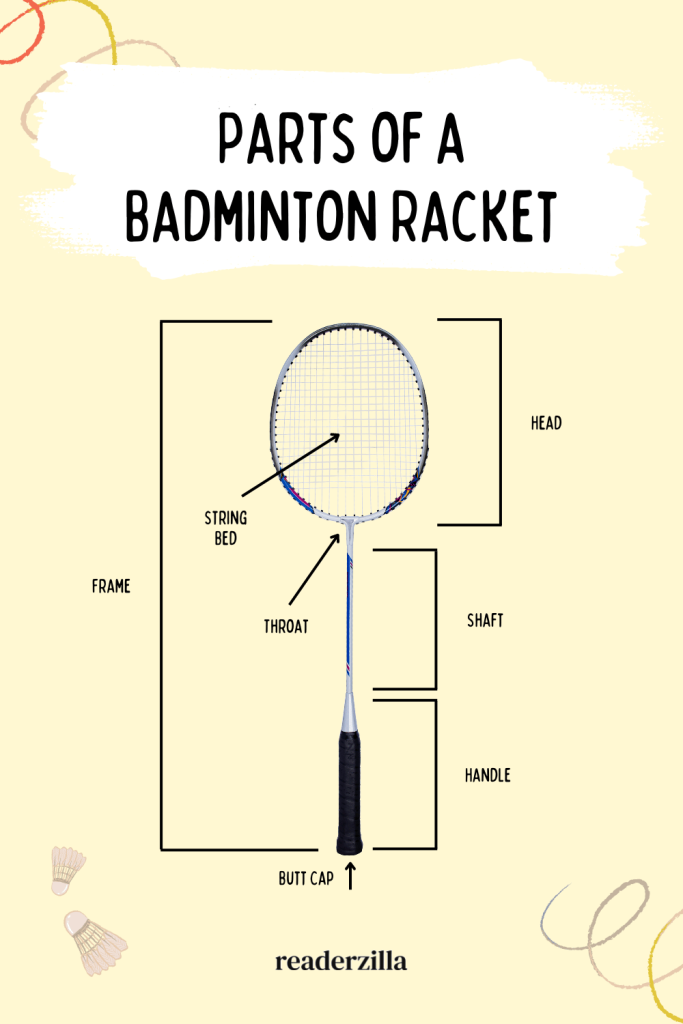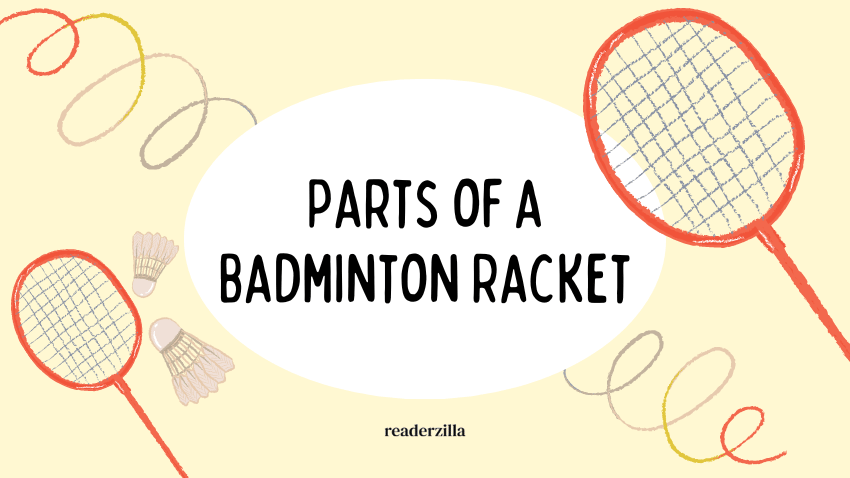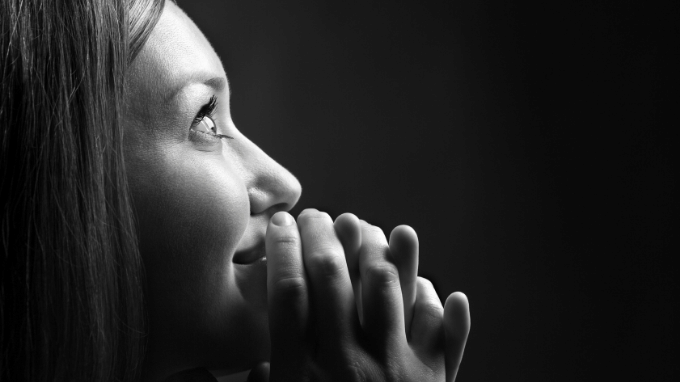Playing a game of badminton not only requires skill, but it also involves an intimate understanding of the equipment used. One such piece of equipment, the badminton racket, is the most crucial tool a player wields on the court. This comprehensive guide will enlighten you about the different parts of a badminton racket, so you can better appreciate the technology behind this fascinating sport.
Table of Contents
1. The Racket Frame
The first main component of the badminton racket is the frame, composed of the racket head and the shaft. Some important features are:
- Weight: A heavier frame can generate more power, while a lighter one can offer better maneuverability.
- Balance Point: This is the point where the racket balances perfectly on your finger. A higher balance point makes the racket more power-oriented, while a lower one makes it more control-oriented.
2. The Racket Head
Next up, the racket head is where the strings are located. Understanding the key features of this part can significantly affect your gameplay:
- Shape: The head shape is typically oval or isometric (square-shaped). Oval heads offer more power but less hitting area, while isometric heads provide a larger hitting area but less power.
- Material: Similar to the shaft, the head is usually made of lightweight, durable materials like carbon fiber or aluminum.
2.1. The String Bed
Within the racket head is the string bed. It’s the part that makes contact with the shuttlecock. Key factors include:
- Tension: High-tension strings provide more power but less control, while low-tension strings provide more control but less power.
- Pattern: The string pattern could be dense or sparse. A denser pattern offers more control and durability, while a sparser one enables more power and spin.
3. The Throat of the Racket
The throat of the racket, often overlooked, serves as a crucial connector between the shaft and the head. It plays an instrumental role in balancing the racket, ensuring a seamless transition from the handle to the string bed. The key characteristics of the throat include:
- Shape: In some rackets, you’ll find an open throat (usually in oval-shaped heads), which allows for longer strings, hence increasing the power of the racket. Other rackets come with a closed throat design (commonly in isometric heads), enhancing the stability of the racket.
- Material: The throat, like the rest of the racket frame, is often constructed from durable materials such as carbon fiber or aluminum to withstand high tension and repeated impact.
- Stress Distribution: The throat’s design distributes the stress received during impact evenly across the frame, ensuring the longevity of the racket and better shot control.
4. The Shaft
Now, we’ll discuss the shaft. This thin, cylindrical part connects the handle to the racket head. It’s characterized by:
- Flexibility: Shafts can range from flexible to stiff, influencing the speed and power of your shots. Flexible shafts are better for beginners while stiff ones are better for experienced players.
- Material: Carbon fiber is the most common material, though some may use steel, titanium, or even wood.
5. The Racket Handle (Grip)
The handle, also known as the grip, is the part of the racket that players hold onto. It’s essential to understand its key components and features:
- Material: Typically made from synthetic or natural materials, such as leather or towel-like fabrics.
- Thickness: This can vary. A thicker grip can give more control, while a thinner one can allow better feel of the shuttle.
- Shape: Handles can be cylindrical or conical. The choice depends on personal preference and the style of play.
6. The Butt Cap
The butt cap is located at the very end of the racket handle. It may seem trivial, but this part of the racket carries more importance than you might think:
- Identification: The butt cap often includes the racket’s brand and model name, helping to easily identify the racket.
- Balance and Weight: By capping the end of the handle, the butt cap contributes to the overall balance and weight of the racket. Its weight can affect the racket’s balance point.
- Grip Security: It helps secure the grip material, preventing it from slipping off during intense play.
- Comfort: The butt cap can provide additional comfort and prevent the hand from sliding off the handle during powerful swings.
In conclusion, a badminton racket is not just a piece of sports equipment; it’s a delicate balance of various parts working in harmony to aid your performance on the court. Understanding the components of your racket is the first step in honing your skills and mastering the game. Whether you’re a beginner or a seasoned player, the right knowledge can propel your game to new heights.





